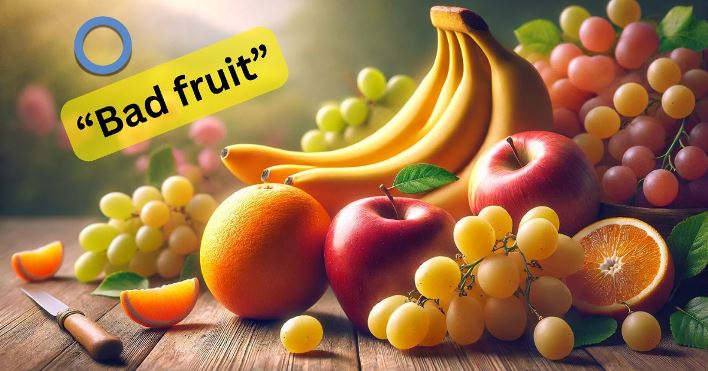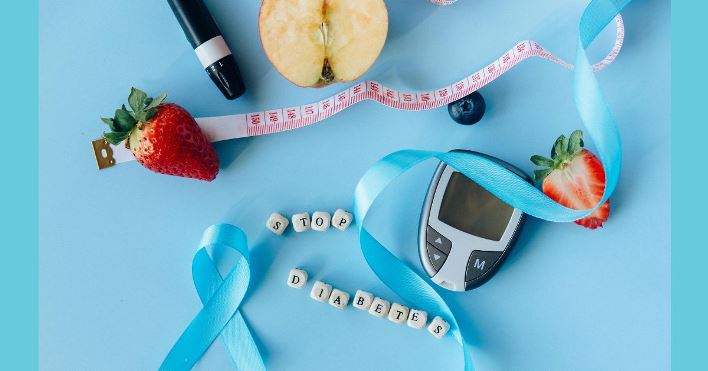We Know That Fruit is Generally Very Healthy
Fruit is packed with vitamins, minerals, antioxidants, and fiber, making it an excellent choice for overall health.
If you know anything about diabetes, you’re probably aware that fruits like oranges, apples, bananas, and grapes can significantly impact blood sugar levels. For example, an orange has almost as many calories as a regular Coca-Cola, and its juice can spike blood sugar just as fast as soda, often causing a sharp increase in glucose levels for most people with diabetes.
Which Fruits Are Considered "Bad"?
In this context, "bad" fruit refers to those that have a strong impact on blood sugar levels. Of course, every person is different, and while these fruits might spike glucose for most, some individuals may not experience the same effects.
A List of “Dangerous” Fruits Due to Their Strong Impact on Blood Sugar:
- Orange
- Apple
- Mandarin
- Grape
- Banana
- Fig (a total nightmare) etc.
On the other hand, some fruits tend to have a lesser impact on blood sugar while still being incredibly healthy, such as blueberries, raspberries, and blackberries. Unfortunately, berries are usually much more expensive and often harder to find.

Why Should You Eat "Bad" Fruit?
Beyond their vitamins and other beneficial nutrients, fruits have a positive effect on insulin resistance, a common issue that makes managing diabetes more difficult. If you’ve had type 1 diabetes for a long time, you may have developed some level of insulin resistance, especially if you’ve gained extra weight.
Why is Insulin Resistance Bad?
Because it forces you to take more and more insulin to maintain good blood sugar levels. The problem is that insulin can linger in the body longer than expected, sometimes activating at unexpected moments. This results in massive blood sugar fluctuations (the infamous "roller-coaster effect"), making diabetes harder to manage. On top of that, excessive insulin use can lead to weight gain, worsening the situation even further.

How to Eat "Bad" Fruit Without Ruining Your Blood Sugar?
This can be a challenge, but the good news is that if you consume fruit regularly, your body will gradually adapt and absorb it more efficiently. Another benefit is improved insulin sensitivity, meaning you’ll need less insulin to cover the effects of "bad" fruit. Lastly, blood sugar spikes from fruit are usually easier to manage than those caused by refined carbohydrates combined with fats.
Tips for Better Blood Sugar Control When Eating "Bad" Fruit:
- Eat it before physical activity
- Take insulin 15-30 minutes before your fruit meal
- Avoid excessive portions
- Eat it when you're experiencing hypoglycemia! Always have some "bad" fruit at home in case your blood sugar drops. If you're really worried, you can take some dextrose as well, but make sure to incorporate fruit into your diet.
You'll be glad you did—your insulin will work better, and your body will benefit from essential vitamins, minerals, antioxidants, and other nutrients.
Conclusion
This article emphasizes that not everyone reacts the same way to food, as there are no one-size-fits-all solutions. That’s why you shouldn’t believe that everything you read online applies to you personally. Fortunately, we have continuous glucose monitors that allow for painless tracking—use them wisely and test these claims for yourself.
Good luck to us all!



